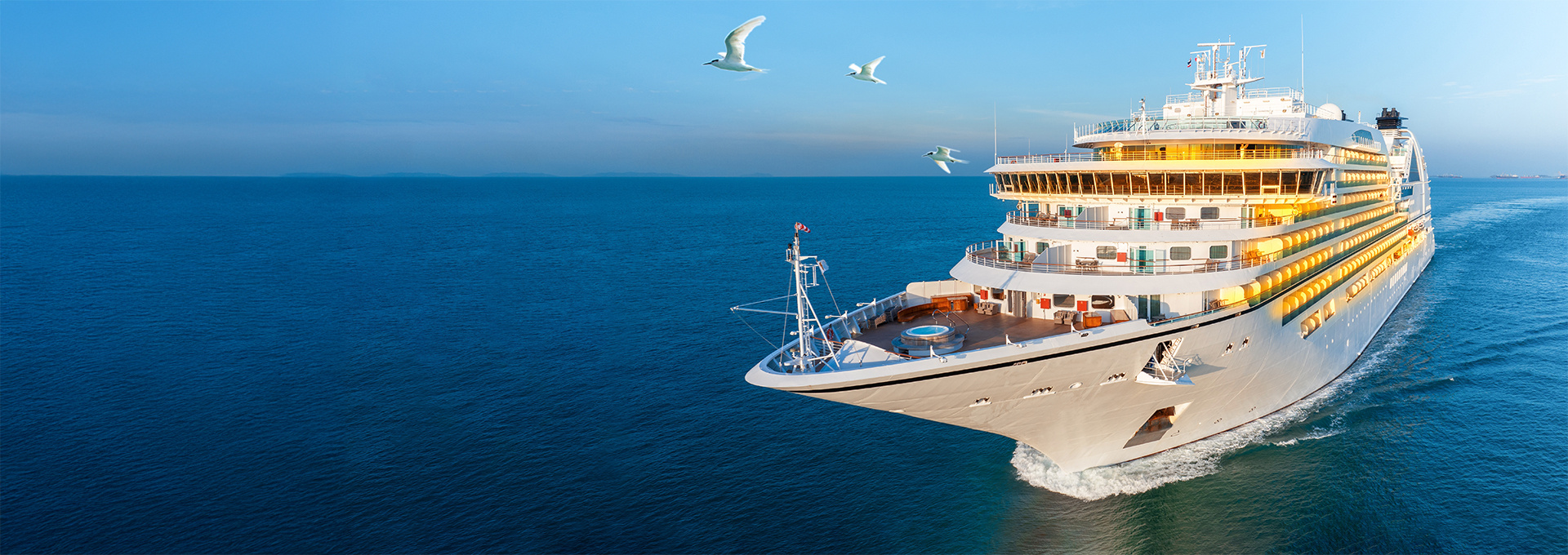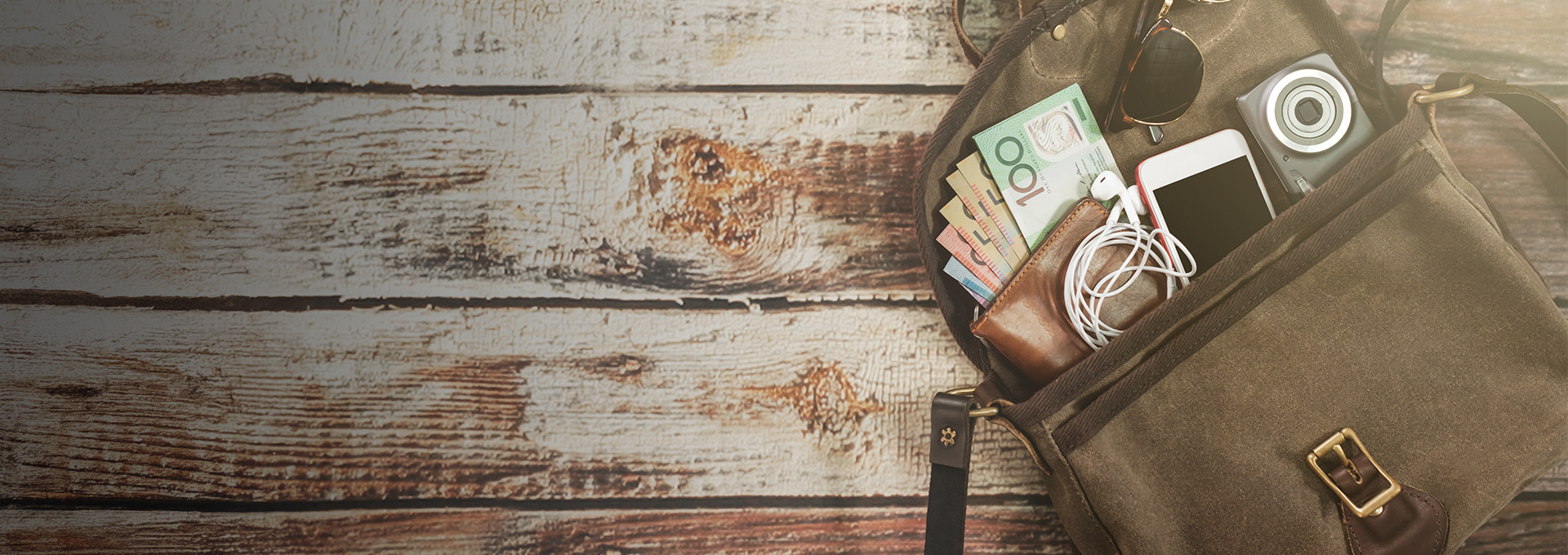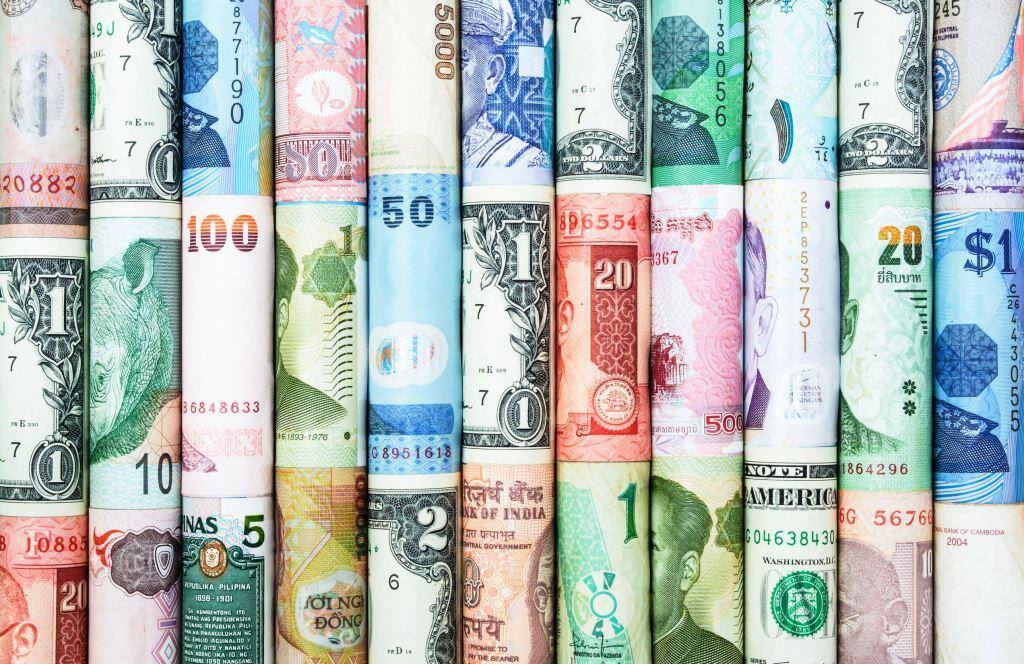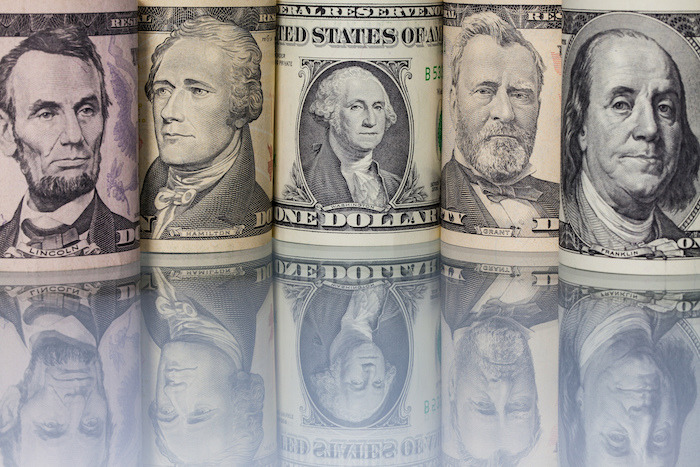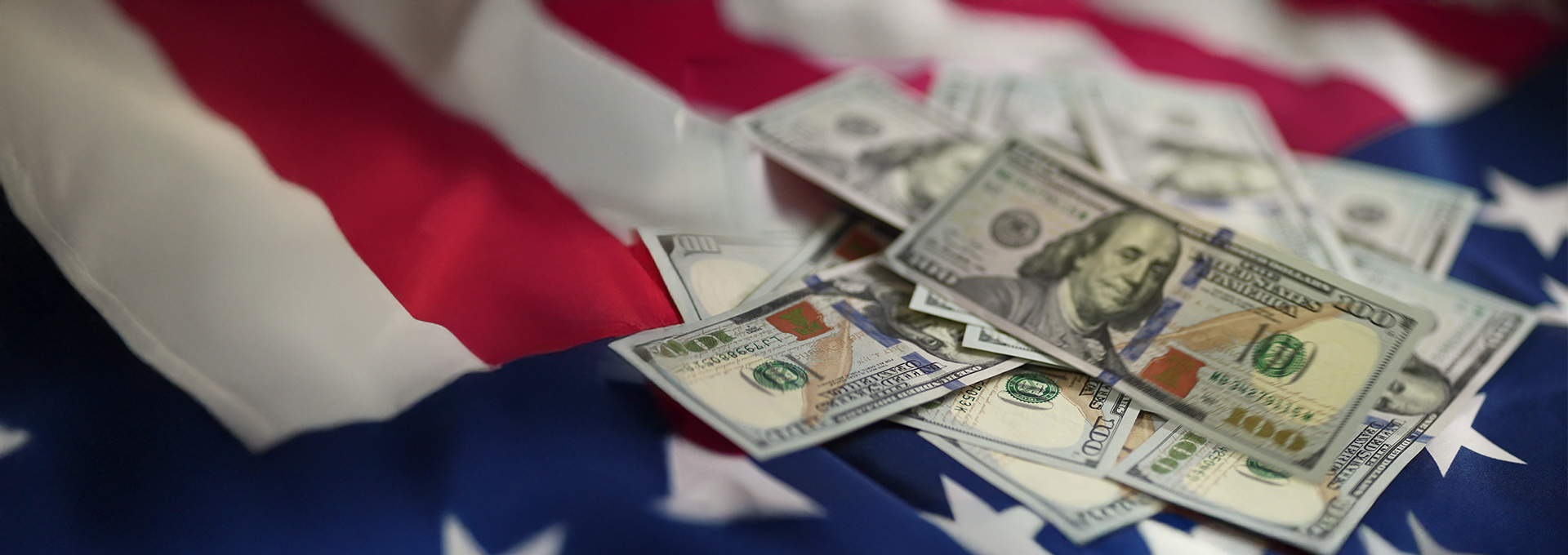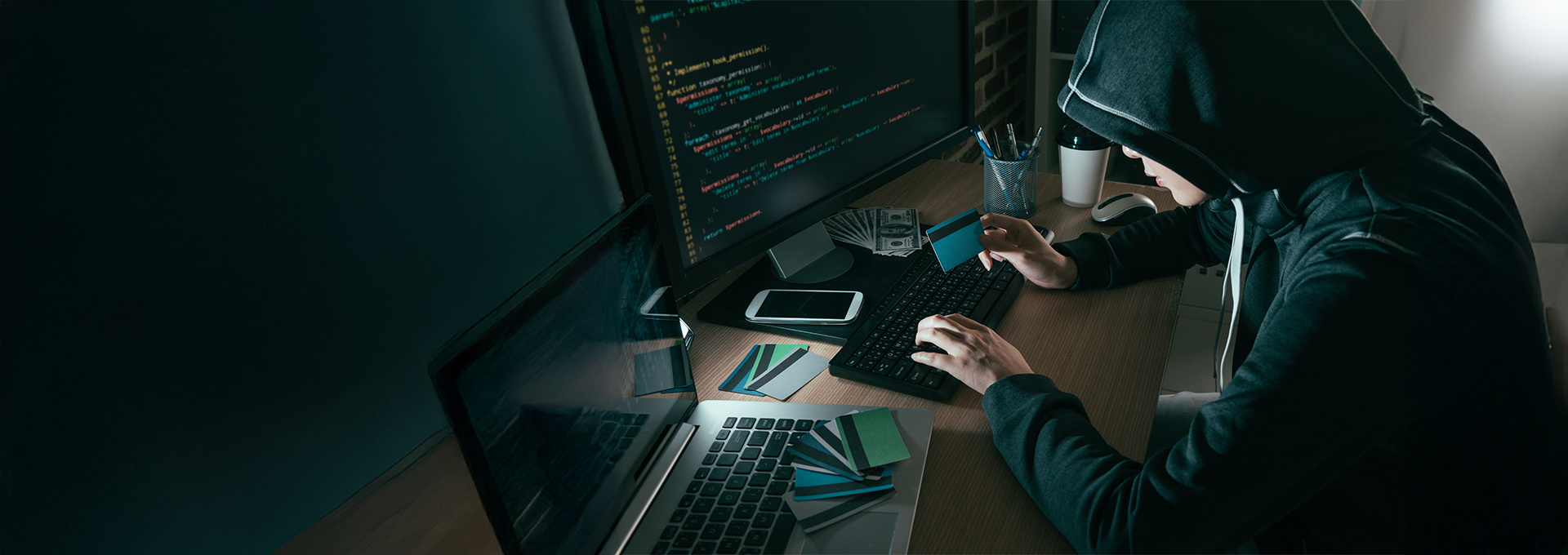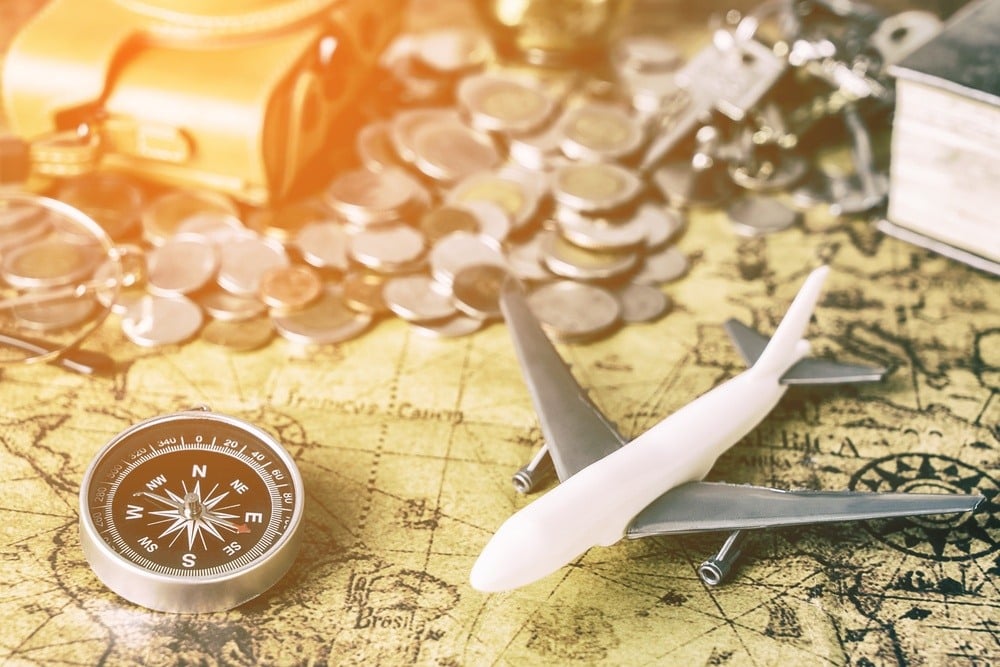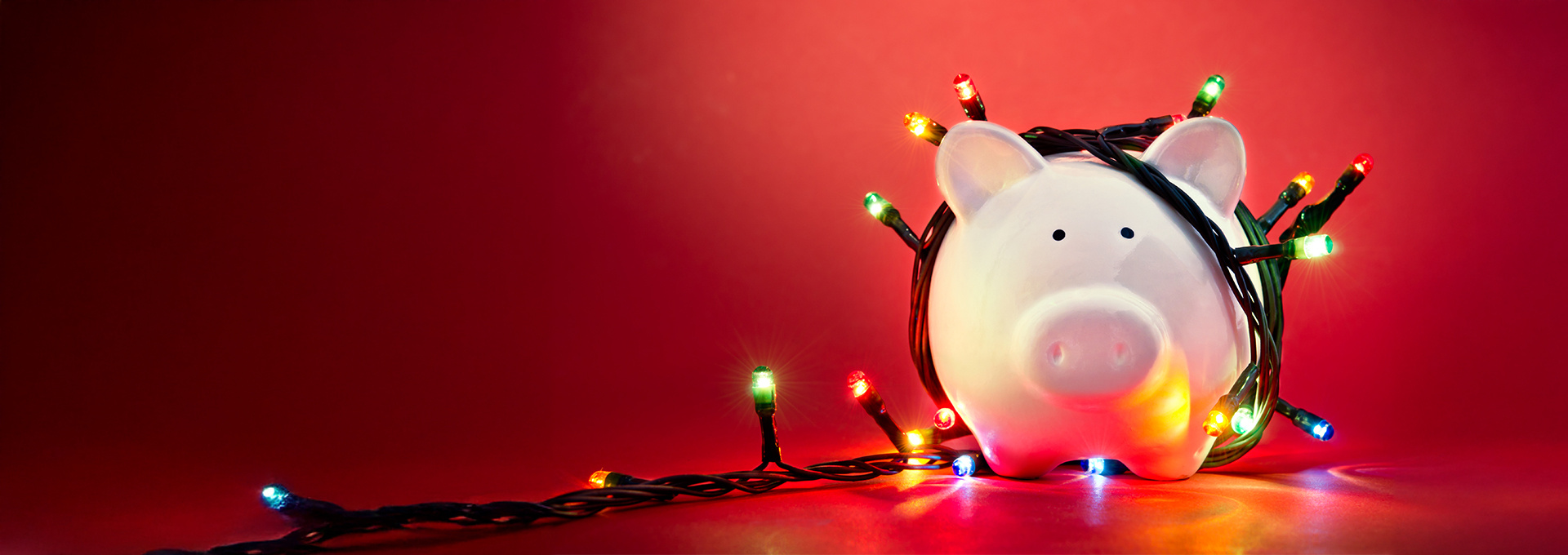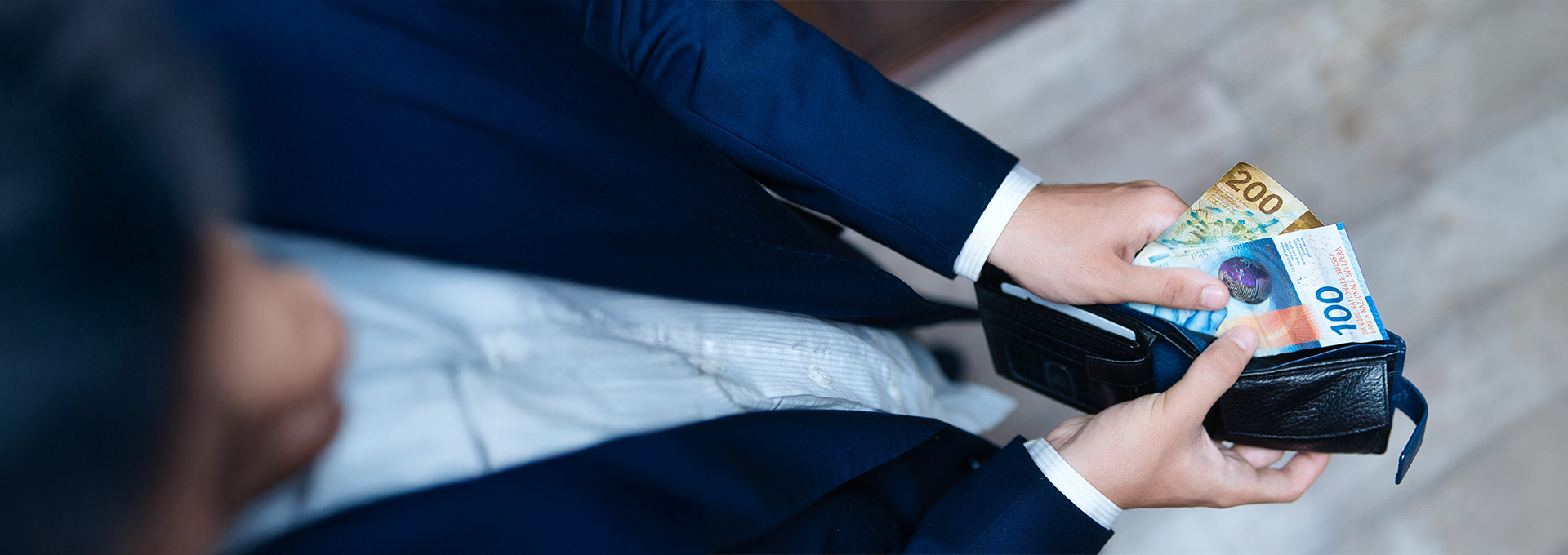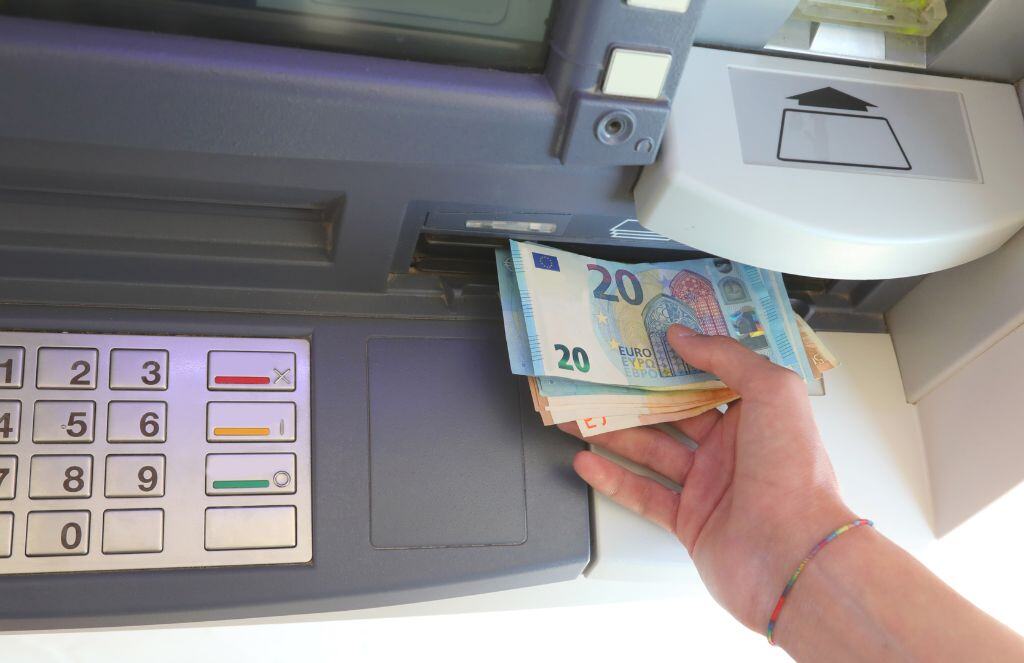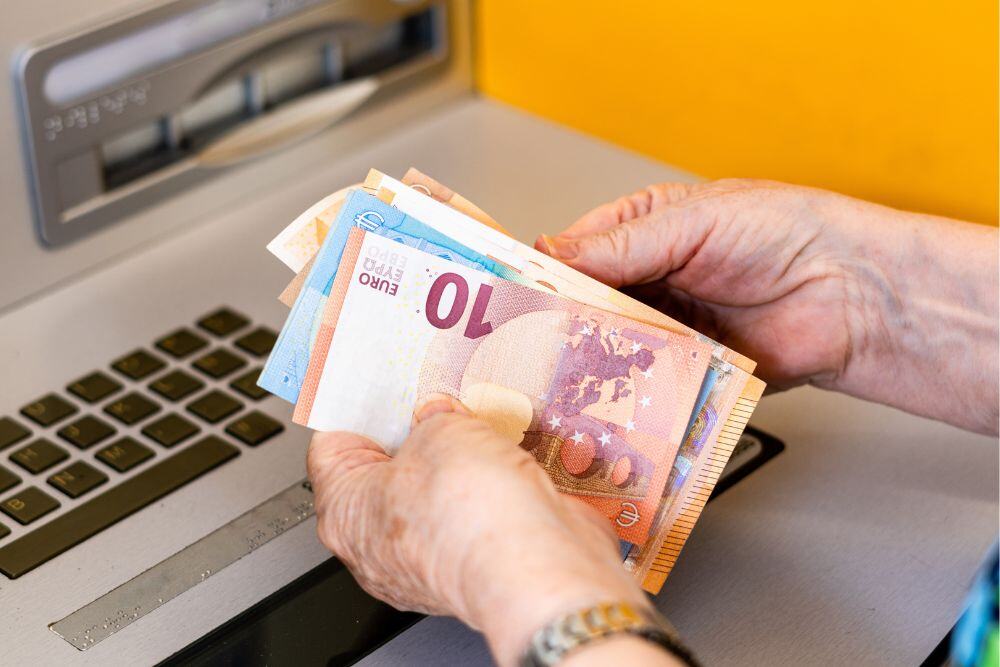💰Scratch to WIN a share of $50,000! Every customer wins. Ends Jan 31st. Learn More
ATMs in France - Can I Use My Australian Debit & Credit Cards in France?
Are you planning a trip to the land of baguettes, berets, and the Eiffel Tower? If so, you might be wondering if you can use your trusty Australian debit or credit card in France. After all, whether you’re strolling along the Seine or savouring croissants in a quant Parisian cafe, having access to your funds is essential.
At Crown Currency Exchange, we know that you want to spend more time enjoying your French adventure and less time worrying about money. That’s why we’ve put together this ultimate guide to using your Australian debit cards and credit cards in France. We’ll take a look at fees and charges, explain the differences you’ll find at French ATMs, and give you our top tips for withdrawing cash abroad as safely as possible.
Safety and Security Tips for Using ATMs in France

We get it - emergencies happen, and there may come a time when you find yourself with no option but to use an ATM when you’re in France. In this instance, there are some important tips you should follow to keep both yourself and your finances safe.
Remain Vigilant at All Times
One of the most important things you can do when using an ATM in France is to remain vigilant throughout. Crowded areas and tourist hotspots can be prime targets for opportunistic thieves, so keep an eye out for any suspicious behaviour surrounding the ATM before you approach it.
Likewise, avoid using ATMs in isolated locations. While these may seem safer through the lack of surrounding people, they are often a higher risk as there is less security around them. Instead, choose an ATM inside a bank or a shopping mall, where security guards are more likely to be present and potential thieves will be less likely.
Inspect the ATM
Assuming you’re confident with the location of your chosen ATM, the next thing you need to do is inspect it. Do this before you insert your card, looking for suspicious devices attached to the card reader slot or any signs of tampering on the machine.
Shield Your PIN
If you’re satisfied that the ATM is safe to use, insert your card as you normally would. When prompted to enter your PIN, make sure you shield the keypad with your free hand, or if it’s a touchscreen entry, position your body to hide the screen from view. This will stop anyone from being able to record you as you enter your secret digits.
Be Discreet with Your Cash
Once you’ve completed your transaction, discreetly place your cash inside your wallet. Do this before you leave the ATM area and avoid counting or flashing the money in public, as this can attract unwanted attention and increase the risk of theft.
Monitor Your Account
In the days following your cash withdrawal, keep a close eye on your accounts, looking for any suspicious activity or unauthorised transactions. If you do notice anything, contact your bank or your credit card company straight away so they can investigate further.
Planning Tips for Your Trip to France

Every holiday requires careful planning to keep things as fun and safe as possible. Now that we’ve covered the ins and outs of accessing your cash in France, let’s take a look at some top planning tips.
Check Your Visa Requirements
The first thing you need to do is check if there are any visa requirements that may stop you from visiting France. At present, Australian citizens do not need a visa for stays of up to 90 days in France, but you must make sure your passport is valid for at least 6 months before your departure date.
Create a Realistic Budget
Once you’re certain your passport has the right validity, establish a realistic budget that includes the cost of your flights, accommodation, meals, attractions, and shopping. Take the time, also, to research the average prices in the regions you’ll be visiting and allocate funds accordingly, not forgetting to factor in a contingency fund for unexpected expenses.
Learn Some Language Basics
While English is widely spoken in major French cities, learning a few basic French phrases can go a long way in enhancing your experience. Master simple greetings like “Bonjour”, which means “Hello”, and “Merci”, which means “Thank You”, as well as some phrases for asking for directions, ordering food, and making purchases. Investing in a phrase book is a great way of doing this, and your attempt at speaking the country’s native language will be appreciated.
Prepare for the Worst
Nobody likes to think of bad things happening while they’re on holiday, but life is unpredictable and you can never be too careful when it comes to protecting yourself. Travel insurance is an excellent way of providing peace of mind and navigating any unforeseen circumstances, such as medical emergencies or cancelled trips, with ease. Also, it’s a very good idea to have the details of the Australian Embassy in France saved, should you find yourself in a difficult position that your travel insurance policy cannot help with.
Get Great Exchange Rates on Euros at Crown Currency
There you have it - everything you need to know about using ATMs in France, along with some handy planning tips! The main takeaway here is that while you can use your Australian debit and credit cards for cash withdrawals, it’s always best to take cash with you instead, as this will save you money and allow you to shop and visit anywhere you want.
Head to Crown Currency Exchange, where you’ll find great rates on AUD to EUR with zero commission fees and no hidden costs. Pop along to one of our many locations today, and our friendly team of money exchange experts will help you get your French adventure started!
FAQs
What currency does France use?
France uses the Euro currency, which is used throughout most of Europe.
Is France expensive to visit?
Generally speaking, France isn't too expensive to visit. However, the amount of spending money you'll need will depend on your travel style and what you'd like to do when you're in France.
Can I use cards to pay in France?
Yes, you can use cards to pay in France. It is best to use cash, however, as paying with a credit or debit card can lead to multiple 'International Transaction Fees' being charged to your account.
Can I Withdraw Money from ATMs in France?

Let’s get straight to the point. Yes, you can use Australian cards to withdraw cash in French ATMs. However, there are some important things you need to consider before first, including the type of ATM you choose and the associated fees.
For example, bank-owned ATMs, which are usually found outside branches of major banks like BNP Paribas, Societe Generale, and Credit Agricole, will typically charge no fee for accessing funds, while an independent ATM will. The thing with independent ATMs, however, is that they are often a lot more conveniently located, and you’ll find them in train stations, convenience stores, and in tourist hotspots.
It’s all about weighing up convenience versus cost when you’re using an ATM in France. But there is another important thing you need to consider, too.
Your own card issuer, whether a bank or a credit card company, will likely charge you an International Transaction Fee for withdrawing money abroad. Add this to the fee charged by the French ATM operator, and you could find each cash withdrawal ends up costing quite a lot of money.
With all of these things in mind, we highly recommend exchanging your money before you head to France. That way, you can fully immerse yourself in the delights that this wonderful country has to offer, without worrying about ending up out of pocket for withdrawing cash.
Differences Between French and Australian ATMs

Another important thing to note about French ATMs is that there are some key differences compared to the ATMs you’re used to using at home, which can make navigating them a little more complicated.
The first of these is the language you’ll see on screen. Naturally, French ATMs display their options in French. However, many ATMs offer you the opportunity to navigate options in different languages, and there are usually two ways you can change the language to English.
Look for a flag that represents an English-speaking country, or if this isn’t available, look for the option that says “Anglais”. This means “English” in the French language, and selecting this option makes it possible to navigate the screen in the English language.
Another difference you may find when using French ATMs is the security features. These vary between ATMs, but you may notice that some have different card insertion methods than you’re used to using, different PIN entry methods (e.g touch-display or keyboard), and some may also have security cameras just above the screen.
What Are the ATM Fees and Charges in France?
.jpg?width=817&height=529&name=What-Are-the-ATM-Fees-and-Charges-in-France%20(1).jpg)
Now, let’s look at the details of the fees you can expect to pay when using your card to withdraw cash in France. We touched on this above, but the overall fee will ultimately depend on the type of ATM you’re using.
ATMs that are owned by French banks (BNP Paribas, Credit Agricole, Credit Mutuel, Societe Generale, and La Poste) will not charge you a fee for withdrawing cash. Good news, right? Well, you do need to remember that your home bank is likely to charge you a fee for using your card abroad, so while you’ll save some money on fees, you’ll still be charged something.
With this in mind, it’s a good idea to check with your bank or credit card company to find out how much you can expect to be charged for withdrawing cash in France.
You will be charged a fee when you use an independent ATM, which are much easier to find throughout France. The amount you’ll be charged will vary, depending on who owns the ATM, but the average fee is around €2 Euros ($3.20 AUD) per transaction.
What you need to remember, however, is that this fee doesn’t counteract the fee your bank will charge you for using your card abroad, and this means that every transaction could end up costing more than you think.
Let’s say, for example, your bank charges you a 5% transaction fee (which is the higher end of the scale) every time you withdraw cash using your Australian debit card in France. This means if you withdraw €200 EUR ($325 AUD), the total amount you’ll be charged on top of this could be as much as $12, taking your bank’s fee and the ATM fee into account.
Top Tip: You can avoid the risk of these expensive ATM fees by exchanging your money before you go and getting excellent rates in the process.
What Should You Do if Your Card is Lost or Stolen in France
Losing your card while exploring the streets of France can be a stressful experience, but by acting swiftly and following the proper steps, you can minimise any potential damage and stop any unauthorised transactions in their tracks.
As soon as you notice your card is gone, immediately call your bank or credit card issuer. There will likely be a dedicated 24/7 helpline for this, and once you’ve reported your card as lost or stolen, it will be cancelled and a new card will be issued to your home address.
In the case of your card being stolen, you’ll likely need to report this to the local police and file a police report. You can then give this to your card issuer, who will use it to conduct their investigations and, if necessary, reimburse any money spent.
Should You Take Cash to France?
While debit and credit cards offer a certain level of convenience, using them to withdraw cash and pay for goods will result in fees. This is why we always recommend taking cash to France, as it keeps more money in your pocket!
Cash also gives you more control over budgeting, as physically parting with those crisp Euro notes can help you stay mindful of your spending habits. It’s all too easy to swipe a card and lose track of your expenses, but with cash, you have a tangible sense of how much you’re spending.
Also, many smaller businesses, street vendors, and local markets may prefer or only accept cash. By relying on cards, you’re limiting your opportunity to visit certain places and buy unique treasures.






